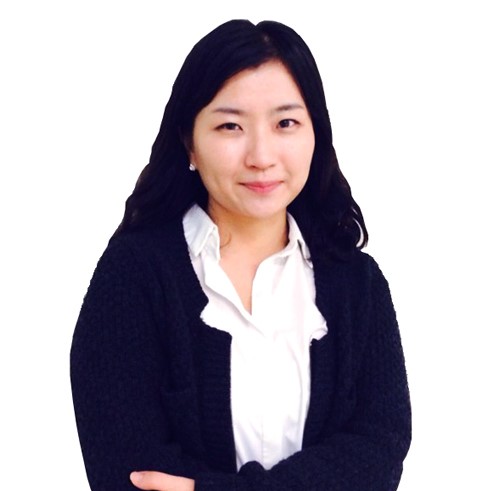Korea's economic growth slows in Q3 on weaker exports
By Park Han-naPublished : Oct. 24, 2024 - 16:17

South Korea’s economy has grown by 0.1 percent in the third quarter from the prior quarter, undershooting forecasts by big margins due to unexpectedly slowed exports, according to preliminary data from the Bank of Korea on Thursday.
The country's real gross domestic product -- a key measure of economic growth -- expanded 0.1 percent on-quarter in the July-September period, missing the 0.5 increase forecast by the central bank in August.
This is a red flag for Asia’s fourth-largest economy in meeting its goal to achieve 2.4 percent growth this year amid growing uncertainties surrounding the global market for semiconductors, the country's mainstay export.
“To achieve the 2.4 percent growth this year projected in August, mathematically, the economy must advance 1.2 percent in the fourth quarter,” said Shin Seung-chul, director general of the BOK's Economic Statistics Division.
“We will have to look closely at the situation until the economic report is released next month, but there is a high possibility that it (annual GDP growth target) will be adjusted.”
On a yearly basis, the country's economy advanced 1.5 percent in the second quarter, slowing from 2.3 percent and 3.3 percent growth for the second and first quarter of the year.
Korea's GDP growth rate shrank by 0.5 percent in the fourth quarter of 2022, the first contraction in two years and six months. After posting a surprising growth of 1.3 percent in the first quarter of this year, it declined by 0.2 percent in the second quarter.
The weak growth in the quarter ended in September was primarily caused by exports swinging back to contraction after they had grown at a better-than-expected pace in the first six months of this year.
Outbound shipments fell 0.4 percent on-quarter centering on cars in the aftermath of a labor strike at GM Korea. The cooling export momentum of information technology products and stunted exports of chemical products also weighed down the broader figure.
“Although export growth turned negative in the third quarter, we interpreted it as a slowdown or a period of adjustment rather than seeing it as a sign of a serious export slump,” Shin said. “It is too early to judge that the export economy has turned into a slump.”
Imports were up by 1.5 percent, as imports of machinery and equipment increased.
On the expenditure side, private consumption grew by 0.5 percent thanks to increased spending on motor vehicles, communication equipment, health care and transport services.
Government consumption rose by 0.6 percent while construction investment declined by 2.8 percent.
Despite the base effect from the second quarter that helped the latest number look strong, the BOK evaluated that domestic consumption is on the course to recovery.
Economic organizations here and abroad have presented Korea's annual growth rate forecast for this year at mid-2 percent.
The International Monetary Fund maintained its latest forecast at 2.5 percent. The Organization for Economic Co-operation and Development presented it at 2.5 percent, 0.1 percentage points lower than in July. The Korea Development Institute predicted it to be 2.5 percent.
The weak third-quarter performance throws more uncertainty to the economy with financial authorities closely monitoring the potential effect of the US presidential election in November and China's economic slump. Republican presidential candidate Donald Trump's blanket tariff policy puts pressure on Korean companies' facility investment.
"There have been great changes in internal and external economic conditions. Recovery of the global manufacturing industry has been slowed while the Chinese economy has been showing a sign of weakening centering on domestic consumption," Shin said.
It also remains uncertain how long the rise in the global semiconductor demand, which gave traction to the Korean economy, will maintain its upward trend.
Jeong Yeo-kyung, a senior analyst at NH Investment noted that investment capacity of the chips and automobile industries has been expanded because of their improved performance this year. But strings will be attached to bring their investment plans into an action.
"It will be difficult for companies to execute aggressive investments until the burden of high interest rates is resolved and a recovery in demand in the US becomes visible," she said.

![[Campus Now] Women's colleges in crisis: Blasted for gender bias, coed transition proposals](http://res.heraldm.com/phpwas/restmb_idxmake.php?idx=644&simg=/content/image/2024/11/19/20241119050069_0.jpg&u=20241120011304)







![[More than APT] Why apartment complexes flourish in Korea](http://res.heraldm.com/phpwas/restmb_idxmake.php?idx=644&simg=/content/image/2024/11/19/20241119050087_0.jpg&u=20241120105106)






![[Herald Interview] How Gopizza became big name in India](http://res.heraldm.com/phpwas/restmb_idxmake.php?idx=652&simg=/content/image/2024/11/20/20241120050057_0.jpg&u=20241120164556)

